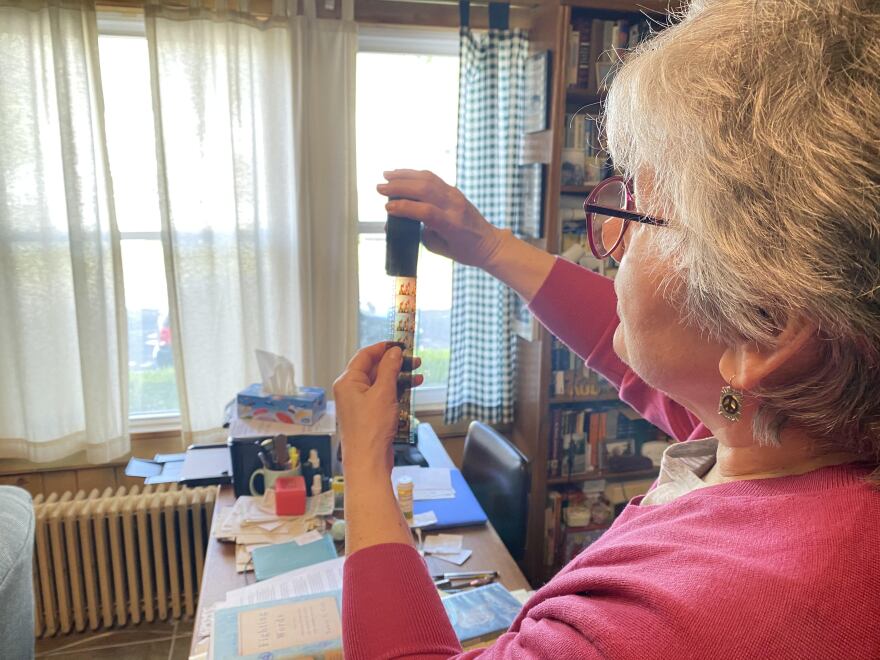Last month the National Center for Jewish Film at Brandeis University shared two important Yiddish film restoration projects at a screening at the Walter Reade Theater, Lincoln Center.
The first is a feature film, A Brivele der Mamen or A Letter to Mother, one of the final Yiddish language films made in Poland before the Nazi invasion. The DVD is available for sale from the National Center for Jewish Film and other sources.
It was produced and directed by Joseph Green. Green directed Yiddish language super star Molly Picon in two of her best film roles in Yidl mitn Fidl and Mamele.
In A Brivele der Mamen, Green does without the comedic antics of Molly Picon. Instead, he tugs hard at the hearts and souls of his audience as he tells the story of an impoverished mother in 1912 Polish Ukraine who struggles through poverty and later world war to keep her family together.
Shot in Lwow, now Lviv, Ukraine, A Letter to Mother features an old-fashioned tearjerker of a story. The father has a head full of music, doesn’t make a living. The daughter falls for a questionable suiter. The sons have their own sagas. Through it all, the mother stands strong, or at least keeps herself going, always hoping that life will improve. With the help of The Hebrew Immigrant Aid Society, she travels to America, the “goldene medina,” the land of opportunity.
Second is a documentary short, ten minutes long, called Jewish Life in Lwow from 1939. The film takes the viewer on a tour of the Ukrainian city, probably promoting tourism for American Jews who were looking to travel back to the “old country”. Clearly, the filmmakers do not foresee the imminent start of World War II.
This film fascinates me. The first half centers on the modern city of Lwow. There are well-kept parks, gardens, a marketplace “where you can buy anything your heart desires.” There are huge institutional and commercial buildings, a theater, hospital, museum, trolleys. The men and women in the streets are dressed in tailored suits and stylish woolen coats.
Then we are taken into the old Lemberg ghetto. Many Jews there are dressed in ill-fitting old clothes. In the ghetto, the atmosphere looks peaceful but definitely is a poorer, more old-fashioned version of urbane Lwow. In the ghetto we see the old Synagogue and Orthodox Jews, the old theater, and several old commercial buildings.
The narrator points out the Luftmenschen walking in the streets. They are men who are more concerned with intellectual or spiritual pursuits than practical matters. Apparently they are in abundance in the ghetto. Air people. The ghetto’s old market is nothing like the marketplace in the modern city of Lwow.
There is no obvious attitude on the part of the filmmakers that the ghetto has not kept up with modernity. In fact, this is a period of relative calm for Jews in Lwow. Within weeks, World War II would begin. Soon Lwow would become part of the Soviet Ukraine. The population of 109,500 Jews would increase with the influx of Polish refugees early on in the war. Of course, by 1944, there were only 820 Jews remaining in the old Lemberg ghetto.
This film is currently being restored by the National Center for Jewish Film. Both films have English sub-titles and are prized examples of Ashkenazi Jewish culture.
Audrey Kupferberg is a film and video archivist and retired appraiser. She is lecturer emeritus and the former director of Film Studies at the University at Albany and co-authored several entertainment biographies with her late husband and creative partner, Rob Edelman.
The views expressed by commentators are solely those of the authors. They do not necessarily reflect the views of this station or its management.




